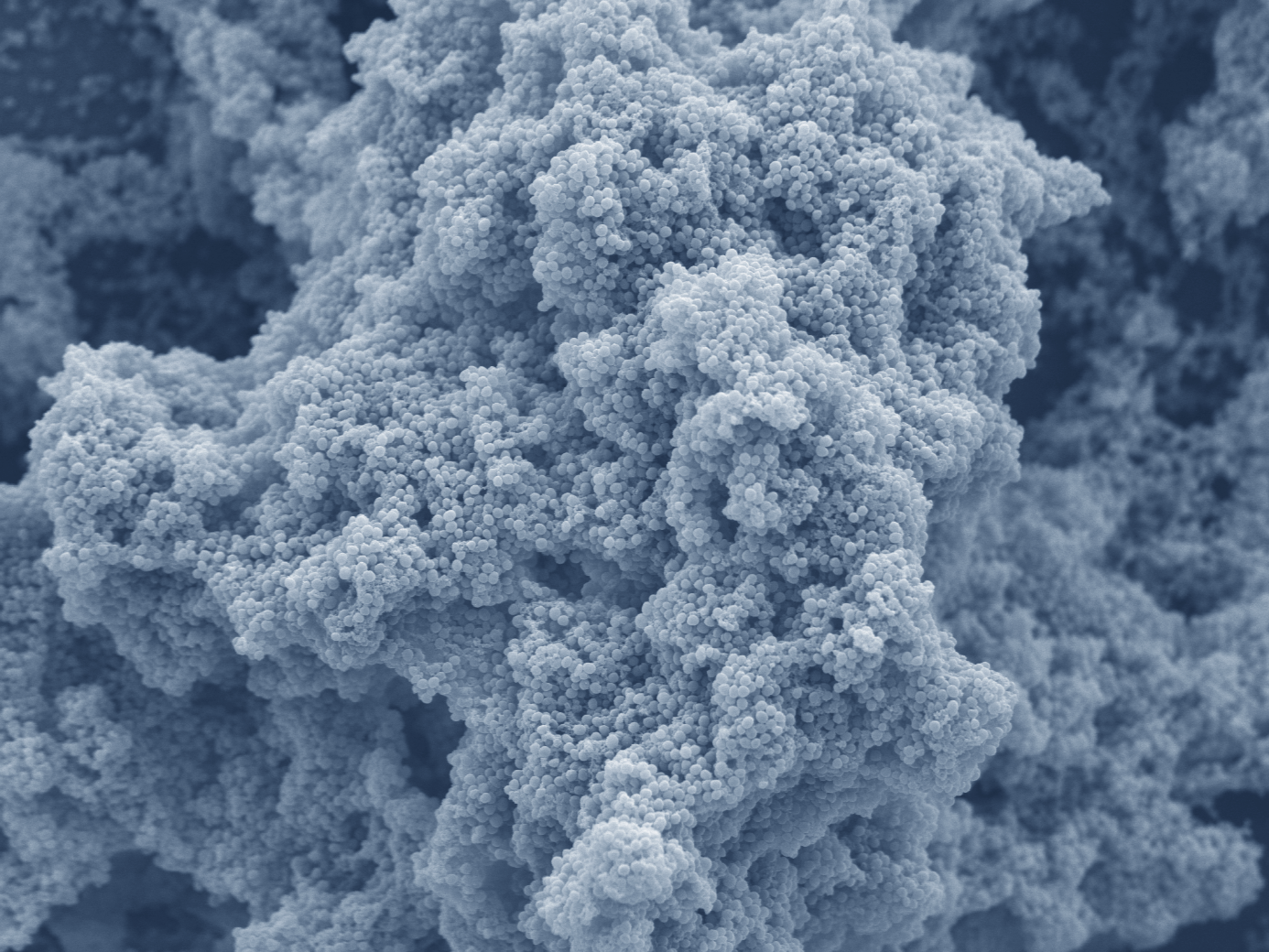Disrupting the white matter

Educating patients to control oral biofilm levels compatible with oral health for the individual is fundamental for the clinician.
Many oral prophylactic agents predicted to be efficacious in the laboratory show marginal effect in vivo.
Educating patients in mechanical biofilm disruption combined with supporting changes in life-style factors associated with oral biofilm associated diseases, is still the key to control oral biofilm to levels compatible with oral health of the individual.
Scanning electron microscopy image of a biofilm.
There are more animals living in the scum on the teeth in a man`s mouth,
than there are men in a whole kingdom 1.
This statement was written more than 300 years ago and is still valid. Bacteria in nature establish themselves on surfaces in a matrix-enclosed biofilm, at that time called the white matter. Educating patients to control oral biofilm levels compatible with oral health for the individual is fundamental for the clinician.
Oral biofilm-associated diseases, such as caries and periodontitis develop as a result of dysbiosis. Bacteria in biofilms are more resistant to antimicrobial compounds than their “free floating” counterparts. This property of biofilms challenges us in our daily work as dentists. Many oral prophylactic agents predicted to be efficacious in the laboratory show only marginal effect in vivo.
In view of the prevalence and costs of prevention and treatment of biofilm-induced dental diseases, there is a need for research to elucidate, in further detail, the complex properties and interplay among bacteria in oral biofilms.

